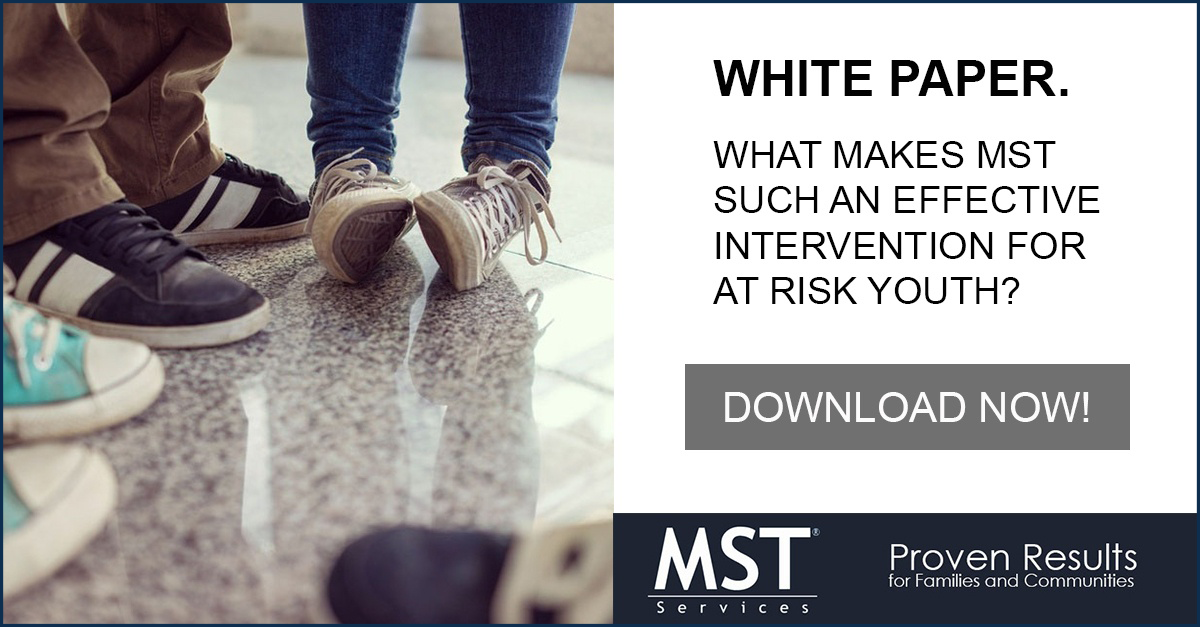If it weren't in the Washington Post, you might not believe it. For the school year (SY) 2012-2013, 180 DC students in pre-kindergarten were suspended. Pre-kindergarten, kids aged 30 months to 5 years. And what could they possibly have done to merit being kicked out of class? Try tantrums, vulgarity and yes, bathroom accidents.
An Independent council member in the District of Columbia, David Grosso wants to put an end to this "ridiculous policy" and has introduced legislation to ban the suspension and expulsion of pre-kindergarten children in the District of Columbia. In addition to legislation, here's a better way to manage children in the classroom.
My youngest nephew, Dylan, started kindergarten in SY 2013-2014. After his first few days of school, he told my husband Bill and me about kindergarten and explained some of the classroom behavior management strategies. “If you do something good, you get a Popsicle stick. After you get 10 Popsicle sticks, you can trade them in for a prize. Guess what one of the prizes is? You can take off your shoes in the classroom!” When Bill asked, “Is that what you’re saving your sticks for?” Dylan answered with a “Yes!” that was pure enthusiasm.

